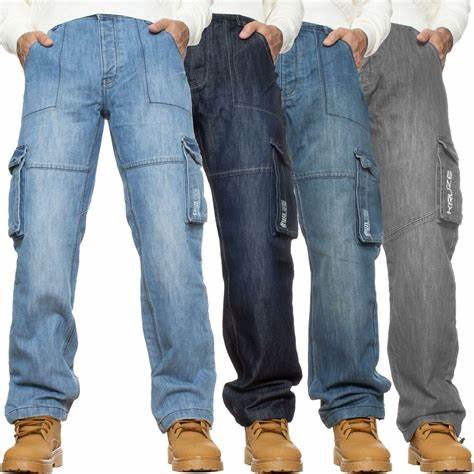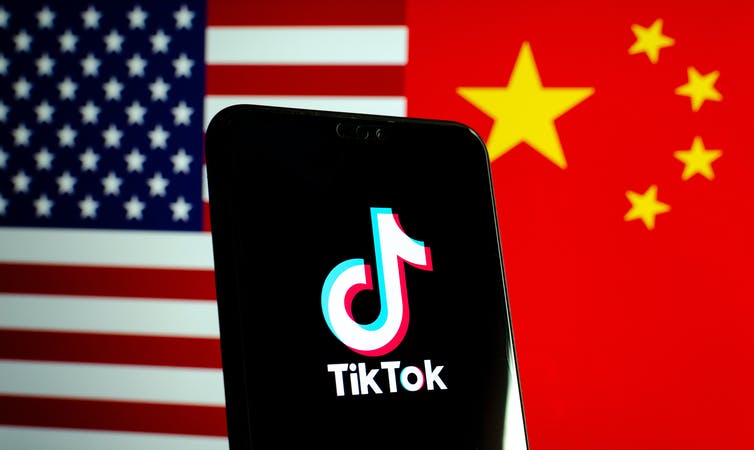![]()
As the global fashion industry evolves once-unchallenged legacy brands, the titans of the industry, now find themselves besieged. They are grappling with falling margins, sluggish supply chains that seem frozen in time, and a business model creaking under the weight of its own inefficiencies. Meanwhile, fast fashion disruptors continue their rise – leaner, faster, unburdened by the heavy baggage of tradition.
To truly understand the widening gap between these two worlds one needs a close look at sourcing-to-retail economics. Examining one of the oldest and most popular brands among the old guard – the iconic Levi’s 501 – reveals a stark and unsettling contrast with the cost-annihilating, demand-devouring systems that power fast fashion brands like Zara, H&M, and Uniqlo.
Legacy economics, the $84 black hole
As per data collated by David Birnbaum in the traditional paradigm, the factory gate price (FOB) of a pair of Levi’s 501 jeans is around $10. Yet, by the time those jeans make their journey from the factory floor to the consumer’s closet, sporting a retail price tag of $100, a mere $15.81 is attributable to the tangible costs of delivery and logistics. The remainder –almost $84.19 – vanishes into a vortex of overheads: aggressive marketing and advertising campaigns, margin-crushing markdowns on unsold inventory, and the ever-mounting costs of processing consumer returns. The approximate cost structure of a pair of Levi’s is highlighted in the table below.
Table: Legacy brand cost structure
|
Cost element |
In $ |
|
FOB (factory cost) |
$10.00 |
|
Agent commission |
$0.50 |
|
Freight & duty |
$1.91 |
|
Clearance & local transport |
$0.60 |
|
Product development loading |
$2.55 |
|
Distribution & store delivery |
$15.81 |
|
Retail price |
$100.00 |
|
Non-garment overhead |
$84.19 |
Source: Data collated by David Birnbaum
The table highlights a sobering truth: legacy brands often operate with a seemingly low factory cost. However, the actual value captured by the physical product is dwarfed by ballooning overhead. No wonder, the relentless cycle of deep discounting becomes a necessity for legacy brands attempting to clear excess inventory, further eroding margins, and potentially damaging brand perception in the eyes of consumers who come to expect frequent sales. This stands in stark contrast to fast fashion's model. The logistical and financial burden of extensive return policies, and the considerable expense of traditional, broad-reach marketing campaigns continue to relentlessly eat away profit margins.
Fast Fashion: Speed a weapon, efficiency an armor
Big fast fashion brands like Zara have meticulously engineered a radically different operational model, one built for speed and optimized for margin. With production cycles compressed to a mere 2to 4 weeks, and a pricing that reflect prevailing consumer trends rather than being anchored to rigid, legacy pricing formulas, they maintain unparalleled flexibility while drastically minimizing the ever-present threat of inventory risk.
Table: Fast fashion cost model (Zara, estimated)
|
Cost element |
$ range |
|
FOB (factory cost) |
$4.00–$6.00 |
|
Freight, duty, transport |
$1.00–$2.00 |
|
Store delivery & distribution |
$1.50–$2.00 |
|
Retail price range |
$25–$45 |
|
Non-garment overhead |
~$15–$25 |
Operating with a leaner markup, fast fashion brands achieve profits by ruthlessly controlling overhead costs. Instead of pouring vast sums into mass advertising campaigns, they cultivate trends through social media buzz, leverage granular store data analytics to predict and meet demand with laser-like precision, and employ limited-edition product drops that generate intense consumer excitement and rarely languish on clearance racks. This scarcity model reduces the pressure to resort to deep discounting to move product.
Table: Legacy vs. fast fashion a comparison
|
Key factor |
Legacy brands |
Fast fashion |
|
Production lead time |
Months |
2–4 weeks |
|
Inventory turnover |
Low |
High |
|
Marketing dependence |
High (brand & campaign driven) |
Low (trend & speed driven) |
|
Markdowns |
High |
Minimal |
|
Return rate |
Higher (longer product life cycle) |
Lower (short-term inventory) |
|
Tariff exposure |
High (centralized sourcing) |
Low (diversified, nearshored) |
|
Trend responsiveness |
Slow |
Near real-time |
Tariffs & transformation
What’s more, the vulnerability of legacy brands has been laid bare by external shocks, for example the recent tariff wars. The Trump-era tariff hikes, which added a $5–$10 to apparel landing costs, delivered a body blow to these companies. With their limited flexibility and often inflexible, centralized sourcing strategies, these increases could not be readily absorbed at the factory level, further reducing already-thinning retail margins.
On the other hand, fast fashion brands showed remarkable agility. Their diversified, multi-regional sourcing networks and embrace of nearshoring (e.g., production hubs in Turkey, Morocco, and Eastern Europe) allowed them to respond quickly, mitigating the worst impacts of the cost increase and maintaining a competitive edge.
Ways for legacy brands to compete
The road to renewed competitiveness for these established players isn't a technological challenge; it's a strategic imperative. Legacy brands can no longer afford to simply digitize their catalogs or tinker around the edges by shifting factory locations. They must embark on a fundamental reengineering of their core business models, embracing radical change across the value chain. To compete they need to:
Shorten manufacturing cycle: Transition from slow, seasonal production calendars to agile manufacturing models with regional production hubs to enable faster response to trends and reduce lead times.
Data-driven inventory management: Implement sophisticated, real-time demand forecasting systems powered by AI and machine learning to minimize overproduction, optimize inventory levels, and drastically reduce the need for margin-destroying markdowns.
Rethink marketing and brand building: Shift away from expensive, broad-reach brand campaigns towards more targeted, cost-effective strategies such as micro-influencer collaborations and authentic, product-led storytelling that resonates with digitally native consumers.
Reduce returns: Invest in good quality control measures, improve garment sizing accuracy, and elevate the post-purchase customer experience to minimize the costly reverse logistics associated with high return rates.
Nearshore and diversify sourcing: Diversify sourcing networks and embrace nearshoring to mitigate the risks associated with tariffs, geopolitical instability, and supply chain disruptions, while simultaneously improving delivery timelines and responsiveness.









